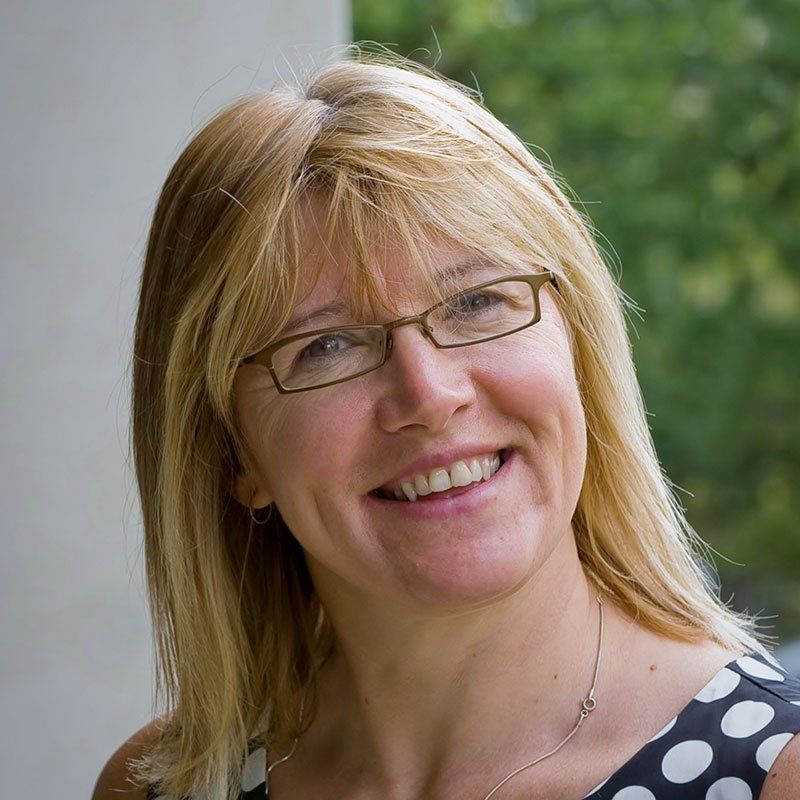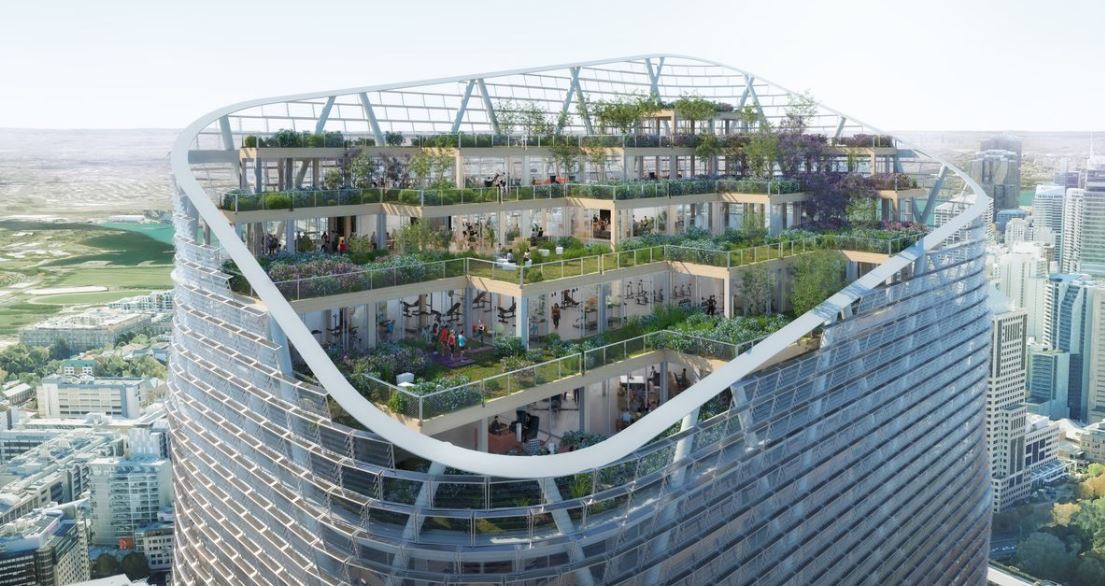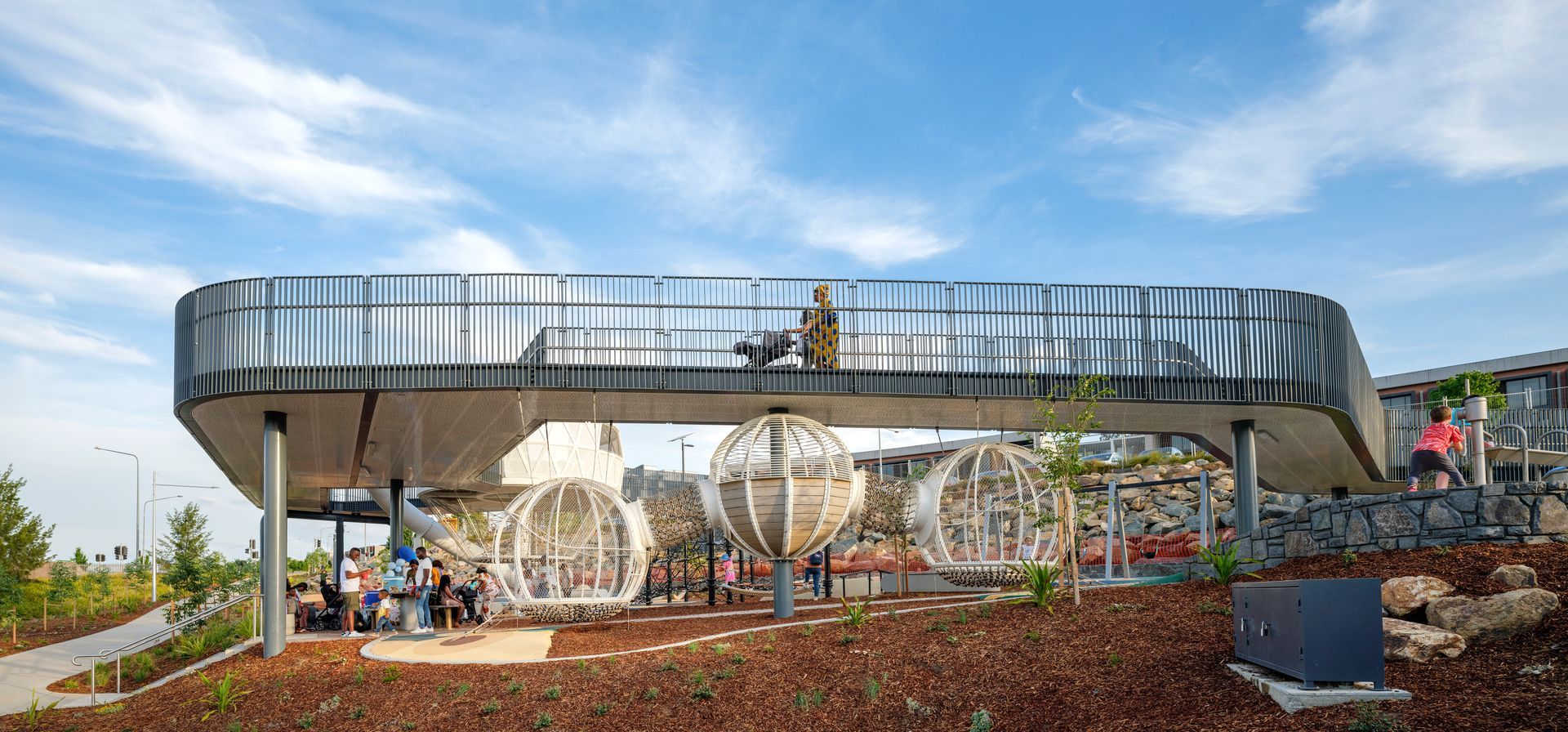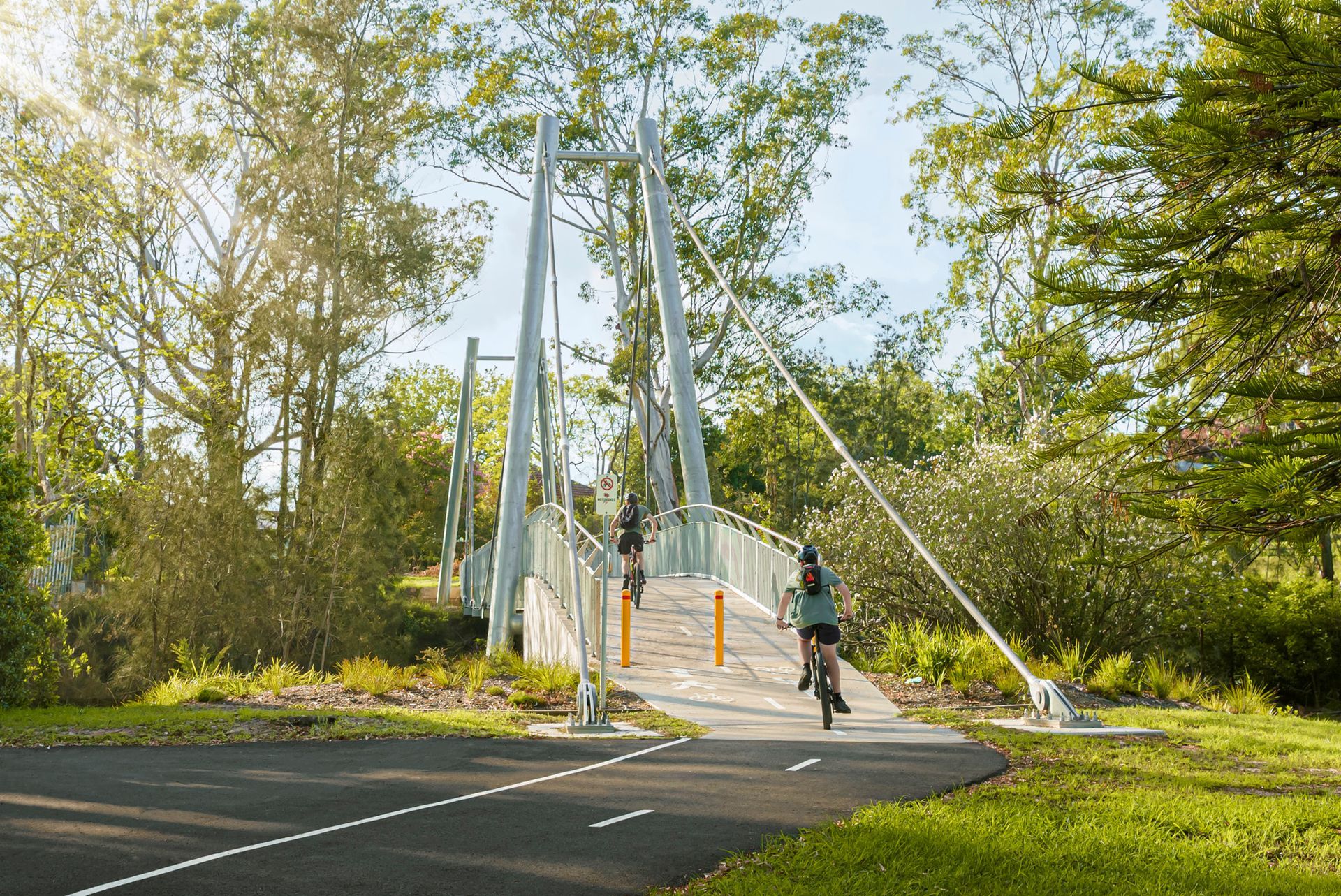What does it mean to be ‘green’?
Sustainability in the built environment: exclusive Q&A with Professor Sara Wilkinson from the Faculty of Design, Architecture & Building at UTS
Professor Sara Wilkinson’s career began in the UK as a chartered surveyor in the mid-1980s. Today, she is a global authority on sustainable building and development and Australia’s first female Professor of Sustainable Property, based at the University of Technology in Sydney. Sara recently took time out for a candid discussion about her career-long focus on ‘green’ cities and to explore some of the key factors shaping the adoption of sustainable building practices here in Australia, and also abroad.
FWD: Sara, how did you become involved in the field of sustainability?
SARA WILKINSON: It was the late 1980s and I’d been working as a surveyor for about four years. I was 7½ months pregnant, I was out on a job, and somehow managed to get myself stuck in a roof space. I eventually got back down, but after that nobody wanted me on-site in case they had to deliver a baby! Instead, my boss put me on a project for one of our clients, BP, who’d accidentally spilled millions of gallons of oil into Prince William Sound in Alaska. It was a pristine natural environment and they were getting caned in the press. They wanted to do something positive and asked if we could look into environmental building services. I remember asking my boss ‘what’s that?’ He said it was all about green buildings, which I’d never heard of before, so he told me to go and find out.
FWD: You’d never had any exposure to the concept of environmental buildings at university?
SW: Oh no! Back then a ‘green’ building was simply the colour. But the more I looked into it, the whole concept just seemed so sensible to me, saving energy, saving water and not having so many bills to pay. One thing I found from doing my reading was some people would talk about green buildings, others would talk about ecological buildings, some were talking about eco-centric buildings. I remember wondering, ‘are these all the same things?’
FWD: Everyone had their own definition?
SW: Yes, and I think that’s why we sometimes struggle to get more done, because we’re actually still quite scattered in our thinking. Back when I finished my research, I concluded ‘green building’ was an essentially contestable concept. By that, I mean a concept that can mean all things to all people. We might think we’re talking about the same thing, but we’re not. When you talk about energy efficiency to some people, they might be thinking zero energy use or even net positive. But for others it’s just using an LED light bulb.


FWD: Is there a need for greater consistency, perhaps driven at a legislative level?
SW: That’s a really interesting question. Do we choose the carrot or the stick? Mandatory or voluntary? Liberal economies have spent decades saying we should let the market determine things. Trouble is, here we are in 2020 with the typical rating for an average Australian house of just 1.8 Stars. The maximum is 10 Stars. We recently worked out the annual energy costs for a 2-Star building in Melbourne right now is about $43 per square metre. For a 10-Star building it would come to just 13 cents per square metre!
FWD: When you put it like that, it seems so obvious. Why don’t more of us do it?
SW: Many people still don’t truly appreciate just how much they could be saving. I was so surprised when I first came to Australia from the UK. I originally lived in Melbourne in a California bungalow, but after the first winter I realised my house was really just a fancy shed. No insulation, four-inch walls, gaps in the windows. I’d never been so cold in a building in all my life. I think we still have this concept we’re the lucky country, it’s warm and sunny all the time and energy is cheap. But that’s not necessarily the case.
FWD: At a commercial level, what are you seeing from developers and planning departments these days?
SW: There’s a lot more interest in sustainability, especially from the bigger companies. Some really good projects are starting to emerge as developers realise there’s a premium many people are prepared to pay (for more sustainable homes). That said, the broader bulk of the work is still quite mediocre. Projects might begin with the best of intentions, but overspends mean savings need to be made and often sustainability initiatives are the things that get cut.
FWD: The least important thing of all the important things?
SW: Sadly, yes. One of the biggest issues is you can’t see sustainability. When you walk around a property you can’t see the insulation in the walls, or the fact the windows have no gaps around them. But you can see the lovely swimming pool and all the other features that give you that ‘luxury’ lifestyle – so that’s where most developers still tend to focus.
FWD: Commercially, there’s also quite a lot of risk attached to sustainable development, isn’t there?
SW: Whenever you have innovation, you always have a higher risk. One of the buildings I’m very interested in at the moment is the new Atlassian building. They’re proposing the world’s tallest timber-framed building, 40 storeys, near Central Station in Sydney. That’s going to be really exciting, a timber frame with green walls and green roofs. I also look at the Arup building, BIQ House, in Hamburg. It’s fantastic, but obviously a lot of time and money went into being the first to innovate like that. What if a building doesn’t perform as predicted? There’s potentially a lot of reputational and financial risk, so a lot of companies tend to be quite conservative. You stick with what you know works.
FWD: Not every project can be as grand as BIQ House or the Atlassian proposal. At a smaller scale, are there things we could be doing better?
SW: Yes, and it’s usually the very simple things like energy-efficient retrofits and upgrades, ensuring effective insulation is used in roof spaces and allowing for more external shading to keep direct heat off the face of buildings. If we were designing these things better, they could make a big difference.

FWD: Just on the subject of upgrades and retrofits, we can’t knock everything down and start again, so retrofitting becomes very important to adapt what we already have.
SW: It does and, again, a lot of it can be very simple and low cost. Making more informed decisions about energy-efficient heating or cooling systems. Installing PV panels or secondary glazing on the windows. Even painting our houses in lighter colours to reflect heat. These things could also be a really valuable way to help stimulate the economy following the pandemic, especially if we have lots of small builders doing energy retrofits all over Australia.
FWD: You still do a lot of lecturing at UTS, is sustainably something you’re actively talking about with your students?
SW: Oh yes. Certainly, it’s always in my lectures, but I’d like to think it’s embedded in most subjects these days. We tend to work across disciplines too – engineering, science, health and business – so it’s increasingly integrated from multiple environmental, social and economic perspectives. Generally, the students are very interested (in sustainability), I think the trouble is sometimes you get inspired at Uni, but when you first enter the workplace you find you have very little ability to implement things. That can be hard.
FWD: What do you think the future of the built environment in Australia might look like, say 50 years from now?
SW: (laughs) Well, based on a recent project we’re working on at UTS, I’d like to say covered in green walls maintained by ‘wallbots’! But speaking more generally, by 2070 I think it will be far more technology driven, we’ll see a lot of smart buildings, smart precincts and cities. Hopefully sustainability will also be totally embedded in legislation and also in our behaviours – so we ‘walk the talk’ as societies but also as individuals. In the shorter term, I’d like to see more green infrastructure, trying to attenuate the urban heat Island with green walls, green roofs and more trees in general. They give us so many benefits in terms of air quality and insulation, they provide habitats for biodiversity, they can attenuate stormwater and then there’s the ‘biophilia’ effect – that sense of well-being people get around nature. There’s actually a project I’m working on right now in Sweden that’s using virtual reality to measure this, by assessing people’s willingness to pay for green infrastructure in their homes.

FWD: Virtual reality?
SW: We use virtual reality goggles to present five different ‘green’ scenarios of a medium density housing estate being developed by a Swedish company, Skanska. The participants wear the goggles together with a headset that analyses brain pulses. We can measure whether someone is feeling tense, calm, happy or excited as they look at different elements within the virtual reality space. For example, we can get quantitative data that shows if a certain tree or green space made them feel calm. Or if they looked at a red front door and became anxious. After the test, we also get the participants to do a short interview asking, amongst other things, how much they’d be prepared to pay for each scenario. By comparing and correlating this data, Skanska can then use it to inform decisions about how their development proceeds.
FWD: That price component makes it really interesting from a commercial perspective.
SW: It means you can begin to quantify what impact a park, a water feature, or even a simple row of trees is going to have on the pricing and the return of a development. We (UTS) actually have the funding to run the same program here in Australia, we just need to find a developer to work with us, so that’s exciting. The other great thing is once we’ve worked out the willingness to pay for green infrastructure, we can apply the same virtual reality methodology to calculate the willingness to pay for other things – such as an extra bedroom, different appliances and kitchen fittings, colour schemes, anything really. It’s all really useful data, especially as sustainability becomes more and more important.
More from Fleetwood Files.
Explore
Certifications
Environmental Management : ISO14001
Quality Management : ISO 9001
OHS Management : ISO 45001
All Rights Reserved | Fleetwood Urban | Privacy Policy





